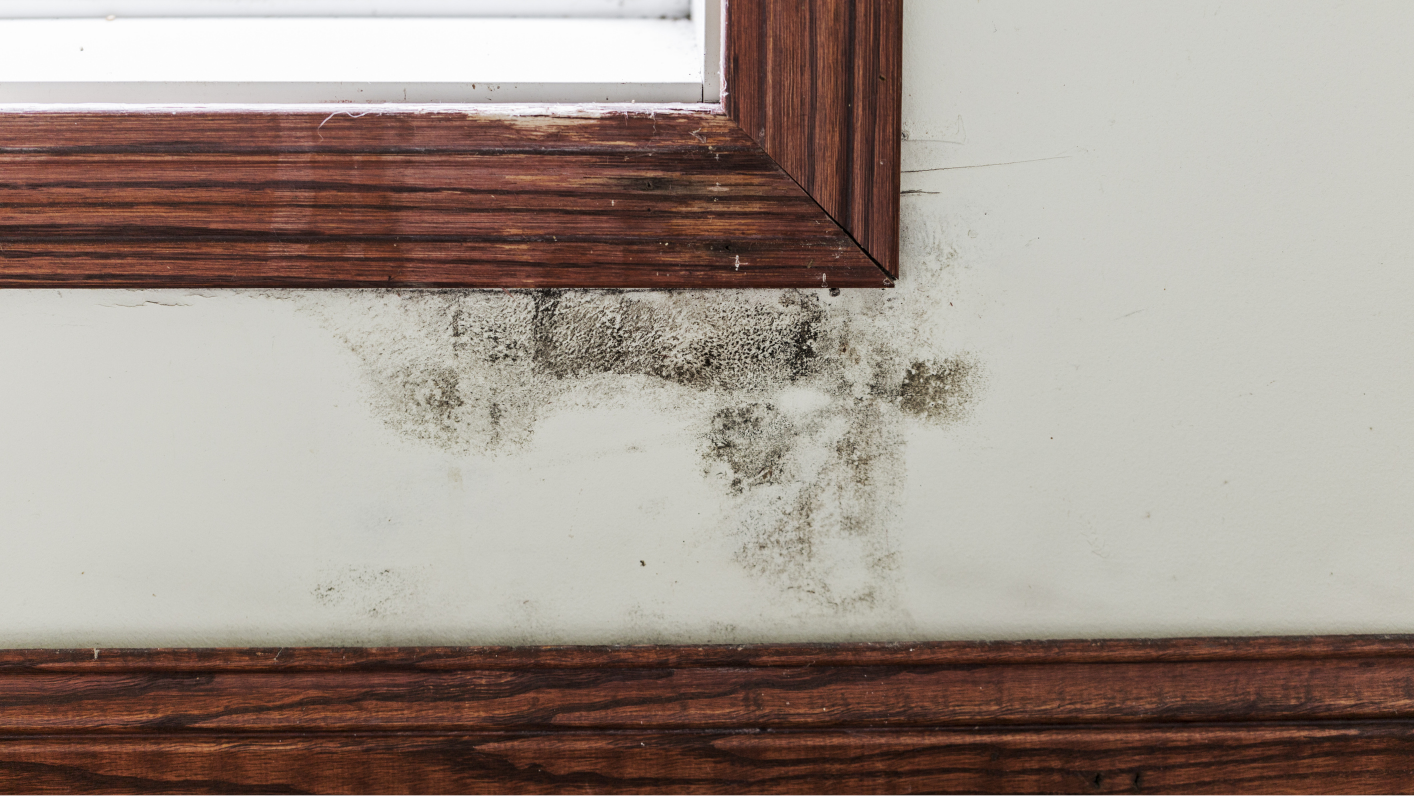Mould is a type of fungi which grow well in moist, shady environments with little or no ventilation. Moulds require four things to thrive: food, air, an appropriate temperature, and water. It can be found outside, as well as in homes and other indoor areas.1
Are You Allergic to Mould? Here’s What You Need to Know…
Where are moulds found?2
Because mould can grow both indoors and outdoors, allergic reactions can occur all year. Moulds thrive on rotting logs, fallen leaves, compost piles, grasses, and grains. Moulds, unlike pollen, do not die off in the winter; instead, they go dormant only to grow on plants killed by the cold when springtime arrives. In general, fungi flourish in moist indoor areas like the bathroom, kitchen, and basement.
What are the symptoms of mould allergy?3
A mould allergy can cause hay fever symptoms in your nose, eyes and throat, including:
- Sneezing
- Runny or stuffy nose
- Cough and postnasal drip
- Itchy eyes, nose and throat
- Watery eyes
Some people may also develop asthma symptoms. People with weakened immune systems and those with chronic lung diseases (such as chronic obstructive pulmonary disease and emphysema) are also vulnerable to lung infections from mould.3
How would you know that you have mould allergy?2
Your doctor can diagnose a mould allergy, or a fungi allergy, based on your medical history, physical examination, and potentially also allergy tests (skin tests and blood tests).
What are the treatment options available to manage your mould allergy?2
If you are allergic to mould, avoid it as much as possible, particularly damp areas.
A number of over-the-counter medicines can be taken to help ease your symptoms such as antihistamines or nasal sprays. Ask your pharmacist what is appropriate for you.
Other treatments for mould allergy may include immunotherapy (a series of allergy shots), which your doctor can recommend.
If you have asthma ask your doctor or pharmacist for their advice on which products are most suitable.
What steps can be taken to manage mould allergy?4
Since mould can be found almost anywhere, here are some simple steps you can take to try to effectively manage or reduce your mould allergy symptoms.
- If you’re going to be around potential mould sources, such as when doing garden work, wear a mask or take allergy medications beforehand (speak to your pharmacist if you are not sure which ones to take).
- Once you are out of the area with potential sources of mould, you can rinse your nose with a saline solution and take a shower to remove mould spores.
- To prevent mould growth in your home, clean up any spills or leaks to keep spaces dry.
- Use dehumidifiers or extractor fans, or open a window, to help reduce moisture and humidity in bathrooms and other rooms in your home.
- Clean rubbish bins and refrigerator drip pans regularly.
- Clear your gutters regularly, and make sure that water flows away from the foundation of your home.
Tell your health professional if you suspect you have mould allergy symptoms or if your symptoms worsen.
Related Articles

In this article, we'll explore different options if you have a cat allergy but choose to live with a furry friend.
Know More
Could your best friend be causing your allergy symptoms to get worse? Read more on how you can reduce them.
Know More
This article explores a variety of options if you suffer from pet allergies but choose to live with your furry friend.
Know More-
References
- American Academy of Allergy Asthma & Immunology. Mould allergy. Accessed 21 March 2025. Available from https://www.aaaai.org/conditions-treatments/allergies/mold-allergy
- Asthma and Allergy Foundation of America. Mold Allergy. Accessed 21 March 2025. Available from https://aafa.org/allergies/types-of-allergies/mold-allergy/
- Allergy New Zealand. Mould. Accessed 21 March 2025. Available from https://www.allergy.org.nz/conditions/environmental-allergies/mould/
- American College of Allergy, Asthma & Immunology (ACAAI). Mold Allergies. Accessed 21 March 2025. Available from https://acaai.org/allergies/allergic-conditions/mold-allergies/
Most Viewed Articles
![]() This Section is a horizontal scrollbar
This Section is a horizontal scrollbar






